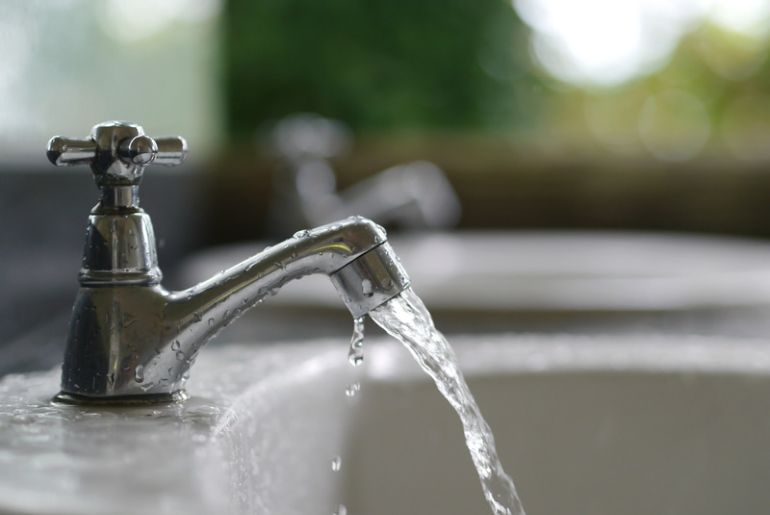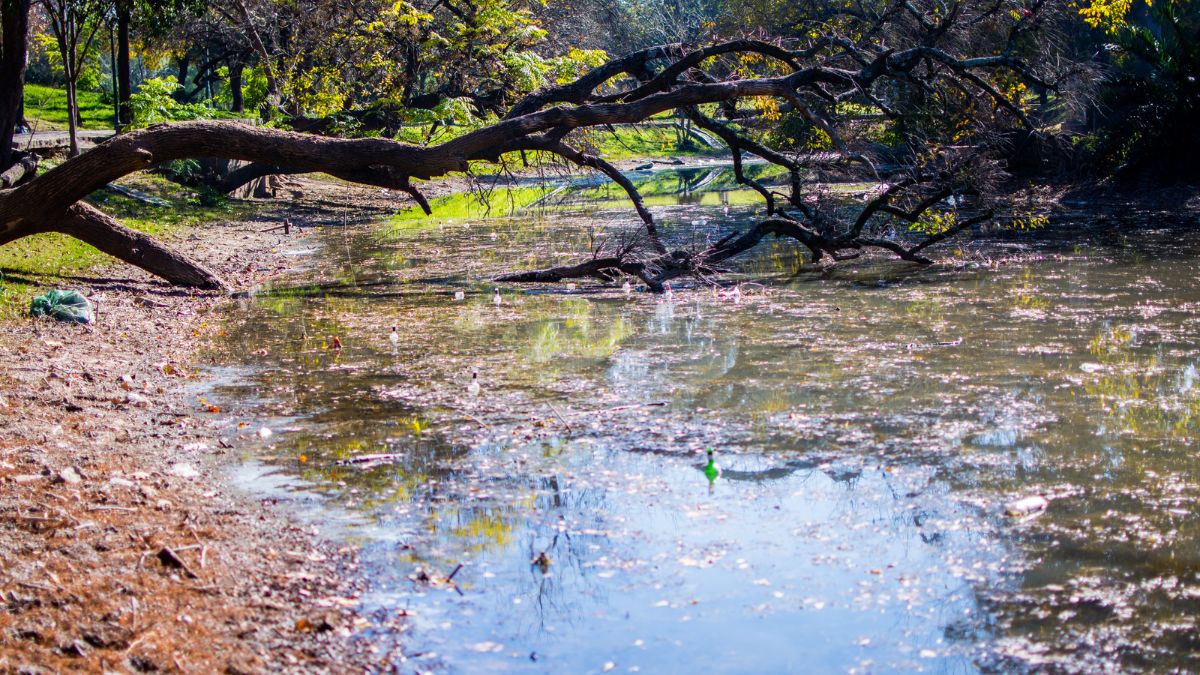The importance of water and its reservoirs is not new information to us. Humans — in fact, any living being, cannot live without water! But as we are progressing in other sectors of life, we are creating more waste and polluting everything in sight — including the water bodies present on Earth. And that’s what Goa is experiencing. Even though the state government has declared 35 or so lakes to be wetlands, many of the lakes are currently in desperate need of such conservation efforts.
Goa Lakes Contaminated With Sewage!

The Times Of India reported that the data from the Water Resource Department (WRD) shows that five lakes in South Goa have the presence of sewage material. In fact, tests were carried out on the water from Seraulim Lake, Duncolim Lake, Colva Lake, Sernabatim Lake, and Komala Lake in Benaulim. The reports state that sewage material has contaminated the water. It further reveals that there is the presence of total coliforms, faecal coliforms, and E coli.
At 230 MPN (most probable number technique) per 100 ml, Sernabatim Lake had the highest faecal coliform content. According to the findings, Duncolim Lake, Sernabatim Lake, and Komala Lake had the most visible contamination because the water there had an odd colour. The only lake in the vicinity that did not exhibit sewage material contamination was Palcuta Tollem at Orlim.
Also Read: Driving Through South Goa’s Hidden Gems In The All New Citroën C3 | Curly Tales
However, WRD discovered that the water at Kodal Lake in North Goa was contaminated and combined with sewage and Ganapati Visarjan material.
Tap Water Contains Microplastics

Earlier, Hindustan Times had reported that Goa’s domestic tap water is contaminated with microplastics to potentially dangerous levels. This was found in a study report by the National Institute of Oceanography (NIO) and Toxics Link.
According to the study, certain microplastics may still be present even after water treatment.
It was noted that the treated water typically had 1-3.8 microplastics per litre.
The majority of the microplastic elements found during the investigation may have come from packaging materials, fishing nets, PVC pipes, textile fibres, and tyre parts, according to the paper, which attributed this to poorly managed solid waste and a lack of efficient wastewater treatment facilities.
Also Read: I Did Bungee Jumping, FlyBoarding & Fly Dining In Goa | Curly Tales
There is no life without water and therefore, it is necessary to conserve it!
Cover Image Courtesy: Canva Image (Rep Img)
First Published: April 11, 2023 7:35 PM



